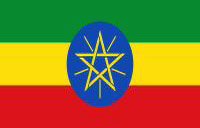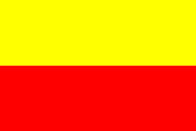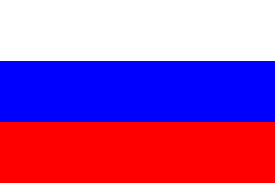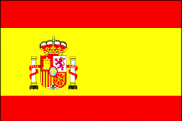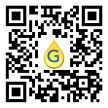
Mortimer Mishkin Ph.D.
National Medal of Science - Behaviorial and Social Science 2009
Cognitive neuroscientist, Business Administrator. Brain/behavior relationships in humans, nonhuman primates. Identified ... areas in cerebral cortex essential for perception and memory: cortico-limbic circuit responsible for memory of facts and events; cortico-striatal circuit responsible for learning of different types of habits and motor skills.
"Perseverance is built into the trait of curiosity, a scientist's motivation. If you're sufficiently curious, you're willing to continue despite failures and obstacles. It's so easy to give up."
Biography
Generously contributed by Mortimer Mishkin
Bio Sketch
Current Research Interests
Bio Sketch
Mortimer Mishkin, a cognitive neuroscientist in the Laboratory of Neuropsychology at the NIMH, studies brain/behavior relationships in humans and nonhuman primates. With his colleagues, he helped identify some of the areas in the cerebral cortex that are essential for perception and memory. This work showed that knowing what a stimulus is and knowing where it is depends on the activity of separate sensory pathways or "streams", each made up of many cortical areas arranged in a hierarchy. He and his colleagues discovered further that these cortical sensory streams in each modality stimulate two different brain circuits required for memory: a cortico-limbic circuit, responsible for the memory of facts and events; and a cortico-striatal circuit, responsible for the learning of different types of habits and motor skills.
Mishkin began his graduate work in 1947 at McGill University under D.O. Hebb, with whom he did his Master's thesis on word perception in the left and right visual fields. In 1949 he moved to Yale University, where he conducted his Ph.D. thesis for McGill on the effects of temporal lobe lesions in monkeys on visual perception and learning under the tutelage of H.E. Rosvold and K.H. Pribram. From 1951 to 1955 he was a Postdoctoral Fellow with Pribram at a primate neurobehavioral research laboratory they set up at the Institute of Living in Hartford, Connecticut; during this same period he traveled biweekly to the New York University-Bellevue Medical Center to work with H.L. Teuber on the cognitive effects of brain injuries in wounded war veterans. In 1955, Mishkin moved to the NIMH to rejoin Rosvold who had just established a Section on Neuropsychology within the Laboratory of Psychology. The section later gained the status of a laboratory, and Mishkin became its chief in 1980, when Rosvold retired. In 1994 he became an Associate Director for Basic Research at the NIMH. Since 1997, when he stepped down from these positions, he has been chief of the Section on Cognitive Neuroscience within the Laboratory of Neuropsychology (LN). He is currently acting chief of LN and is also a visiting professor at University College London Institute of Child Health (UCL/ICH).
Mishkin was president of the Division of Physiological and Comparative Psychology of the American Psychological Association in 1969, and of the Society for Neuroscience in 1986. He is a member of the National Academy of Sciences, the Institute of Medicine, and the American Academy of Arts and Sciences, and he serves on the advisory boards of several scientific journals and university research institutes. In 2010 he received the National Medal of Science from the President of the United States.
Current research interests.
Mishkin uses a multidisciplinary approach to investigate the neurobiological mechanisms underlying learning and memory in both humans and nonhuman primates. In monkeys, the approach utilizes: (a) metabolic mapping techniques, including both autoradiography and neuroimaging, to delineate the cerebral territory belonging to a particular functional system; (b) selective lesions within that territory, to separate and identify different mnemonic functions and localize their critical neural substrates; (c) anatomical tracing techniques, to reveal how the different substrates belonging to a functional family are organized as components of a neural system or circuit; (d) electrophysiological recording within the identified substrates, to determine the nature of the information those neurons receive and transmit before, during, and after learning; and (e) pharmacological intervention in those substrates, to relate the learning-dependent changes in behavior and neuronal activity to the underlying cellular and synaptic mechanisms. The learning and memory mechanisms uncovered in the research on monkeys serves as the basis for a search for homologous mechanisms in humans, including brain-damaged patients, examined both neuropsychologically and with neuroimaging techniques in collaboration with a team led by F. Vargha-Khadem at UCL/ICH.
Discover Your Abilities and Aspirations!
 $10 $25 $50 $100 Other
$10 $25 $50 $100 Other
Tax Exempt 501(c)3 Non-Profit Organization
Any Currency
“…the peace that is found in libraries and laboratories…” - Louis Pasteur
Copyright © 2023 Ganga Library Inc. All Rights reserved.;
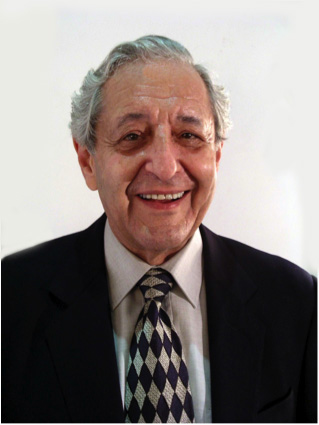
Photo: LN, NIMH
Name: Mortimer Mishkin
Birth: 13 December, 1926., Fitchburg, Massachusetts
Title: Senior Investigator
Affiliation: National Institute of Health, USA
Citation: "For his contributions to understanding the neural basis of perception and memory in primates, notably the delineation of sensory neocortical processing systems especially for vision, audition, and somatic sensation, and the organization of memory systems in the brain." Presented by President Barack H. Obama in the East Room of the White House on November 17, 2010.
Biography
Publications
History of Discovery
Quotations
Humor:"Looking at my own behavior through a scientific lens is a habit, not that it leads to anything."
Photos



